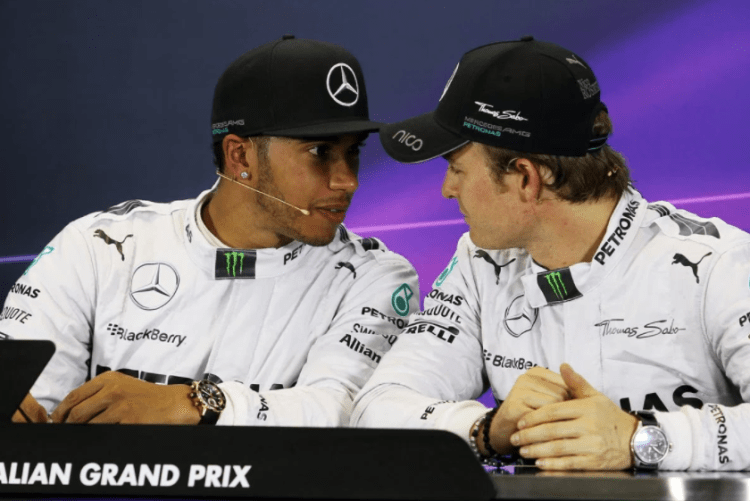
Trivia: Did you know that the average Netflix subscriber — yes, that includes you, dear reader — spends as much as 3.2 hours everyday watching its movies and shows?
What started in 1997 as a DVD rental service has ballooned into the world’s largest streaming movie outfit. Netflix boasts of over 205 million subscribers; multiply that by four per household and you’ve got a billion people watching Netflix every 8:49 P.M.
During this pandemic — as we commemorate the lockdown’s one year anniversary in Cebu — Netflix has soared. Their subscriber base (worldwide) increased by 21.9%. Their 2020 gross revenue is huge: $25 billion. But look at how much they spent last year on new content: $17.3 billion. In pesos, that’s P848 billion! Talk about a boom in the film industry.
In sports, Netflix has a deluge of sports documentaries.

“The Last Dance” is my favorite. Featuring Michael Jordan, it’s an 8-part docuseries that includes never-before-shown footages of MJ’s final season with the Chicago Bulls. The interviews on Scottie Pippen and revelations about Dennis Rodman are riveting.
“Icarus” is a must-see. The 121-minute-long film made in 2017 won the Oscar for Best Documentary Feature. Yes, it’s that good. I immensely enjoyed this Bryan Fogel-directed story because it talks about cycling — and the prevalence of doping in this punishing sport.
“The Dawn Wall” is another visually stunning thriller that I watched last month. It tells the story of daredevils Tommy Caldwell and Kevin Jorgeson and their 2015 attempt to free-climb Yosemite’s most dangerous rock face. How captivating is this El Capitan documentary? In Rotten Tomatoes, which solicits reviews, it scored 100%.
“The Playbook” is good. The show asks coaches to share with us their lessons in life and sports. My favorites include the interviews with Serena Williams’ coach, Patrick Mouratoglou; the NBA’s Doc Rivers; and football’s Jose Mourinho.
“Formula 1: Drive to Survive,” just last week, released Season 3. The 20 episodes in the first two seasons were captivating. Warning: If you watch this inside look at the planet’s speediest machines, you will get hooked. Perfect to watch this series because the F1 season is unfolding today in Bahrain.
Football fanatic or not, you’ve got to watch “Pele.” The 108-minute-long narrative chronicles the life of Brazil’s favorite son and the soccer world’s numero uno. The solo interview of the now-80-year-old Pele is fascinating; so was the recounting of his life: playing for Santos at 15 and the national team at 16, and winning three World Cups — a feat never equalled. That’s because Pele has no equal.
I have yet to watch “Losers” but I read good reviews about the 8-episode docuseries. While most flicks showcase the Jordans and Peles, here’s a twist: the film depicts the lives of athletes who’ve experienced defeats — and how they’ve transformed these failures into positive outcomes.
Others that I have yet watch but are on my list: Senna, Last Chance U, The Carter Effect, and The Speed Cubers.







